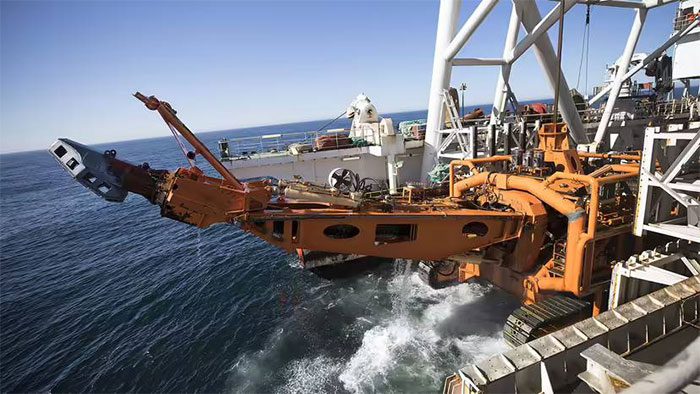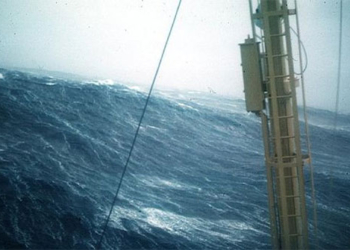The De Beers Group is a global “diamond empire,” regarded as the foundational entity of the diamond mining industry. In 1991, the company unexpectedly acquired ownership of 7,770 km2 of the Atlantic Ocean floor near the coast of Namibia. Why is that?
Carbon is an incredibly versatile element, found in Earth’s atmosphere and showcased in jewelry stores. Diamonds are formed from carbon atoms that have been subjected to extreme temperatures and pressures.
Inside a diamond, each individual carbon atom shares a strong bond with four other atoms. This structure makes diamond an extraordinarily hard material. In fact, diamonds are considered the hardest natural substance on Earth.
Asteroids colliding with Earth generate enough heat and pressure to create diamonds. However, such diamonds are quite rare. You can find diamonds deep within the Earth, but scientists suggest they may also exist on the ocean floor. This could explain why the De Beers Group purchased 7,770 km2 of the Atlantic Ocean floor near the coast of Namibia.

Diamonds are formed from carbon atoms subjected to extreme temperatures and pressures.
Many diamonds found to date contain a small amount of salt. For years, geologists have wondered if this is due to their origin from the ocean floor.
A study in 2019 supported this hypothesis. By mixing marine sediments and peridotite at high temperatures and extreme pressures in a laboratory setting, researchers found something resembling salt trapped within some diamonds.
Many experts believe that this experiment demonstrates that most diamonds were formed after oceanic blocks were drawn into the Earth’s mantle through plate tectonics. Some minerals retrieved from the ocean during this process crystallized into gemstones. Volcanic eruptions later brought diamonds to the planet’s surface.

Inauguration of a diamond exploration vessel valued at $157 million.
Currently, the aforementioned research does not explain why De Beers and other mining groups are hunting for diamonds offshore along the African coast. However, mining companies have long sought diamonds beneath the ocean. Rare diamonds are carried to the sea by a river named the Orange. Over millions of years, it has transported diamonds from inland mines, spreading them across the African continent and to the ocean.
Since the 1960s, many treasure-hunting groups have conducted diamond dredging along the northwest coast of South Africa and southern Namibia. By 2018, nearly 75% of Namibia’s total diamond output came from ocean mining activities.

Diamond mining vessels operating offshore in the Atlantic Ocean.
Most diamonds extracted from the ocean are mined at depths of about 120 to 140 meters below sea level. Sediments from the ocean floor are sucked up onto the vessels, and then various types of machinery are used to extract the gemstones.
Drones and two-person submarines have both been utilized to assist ships in searching for diamonds on the ocean floor. However, such dredging operations can have long-term repercussions on underwater ecosystems. Many scientists believe that this extraction could take decades for marine habitats to recover.





















































